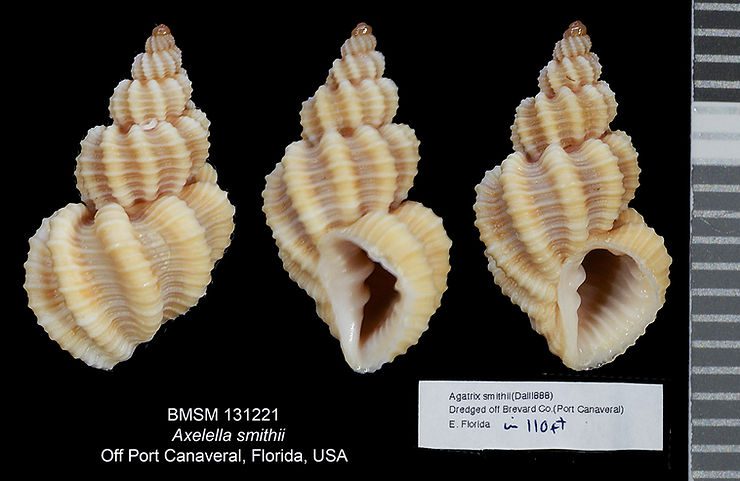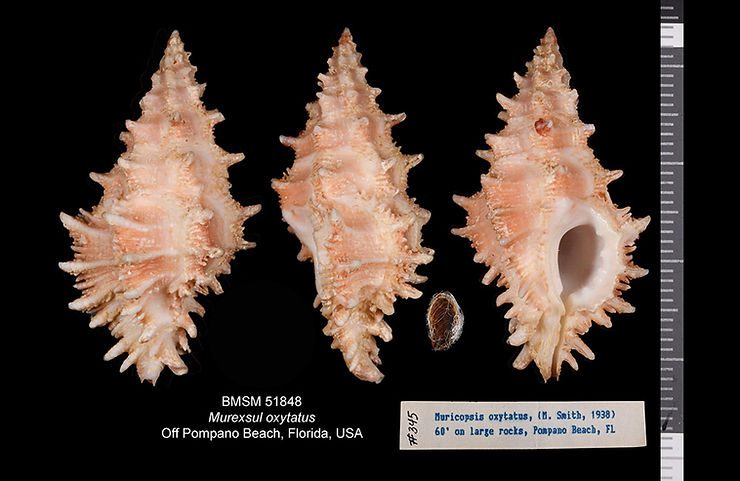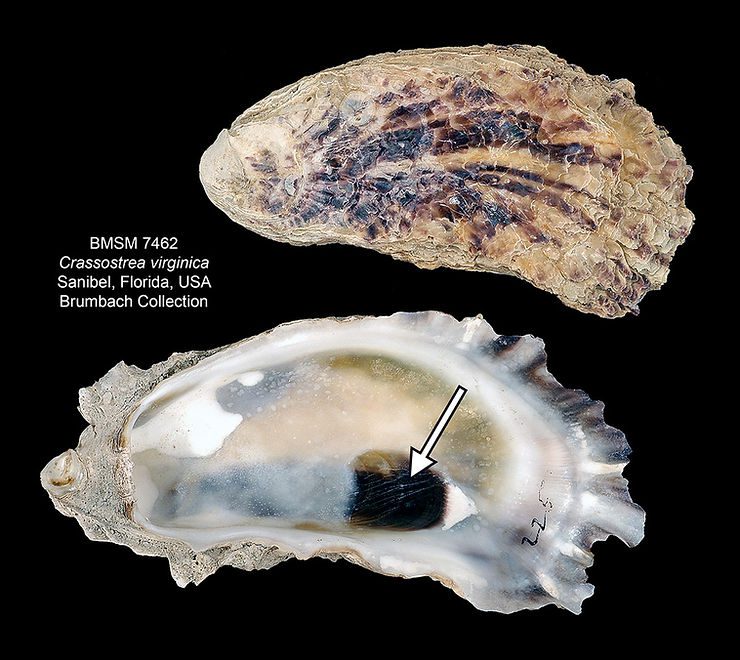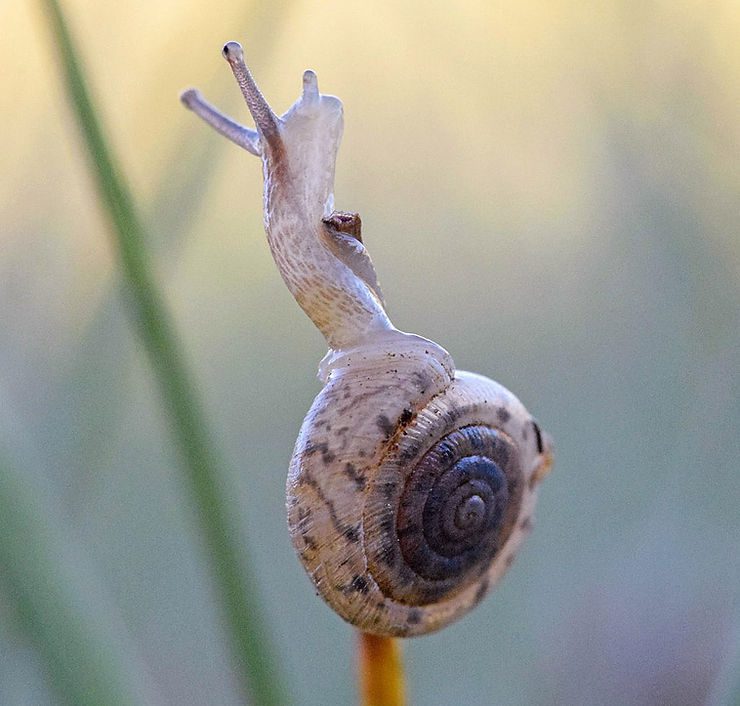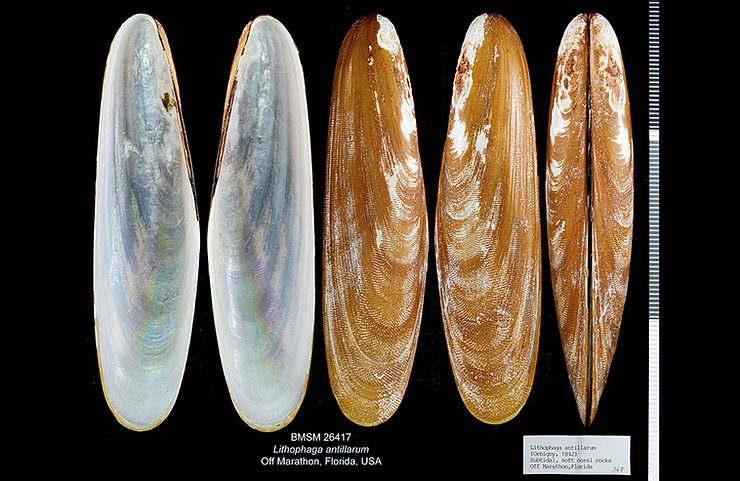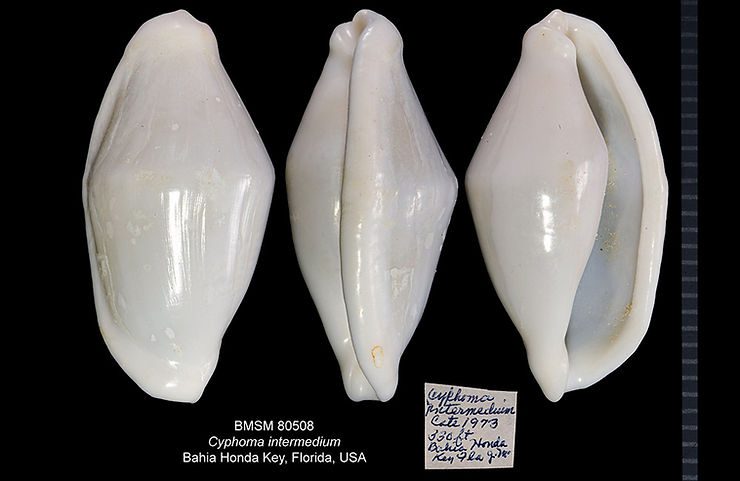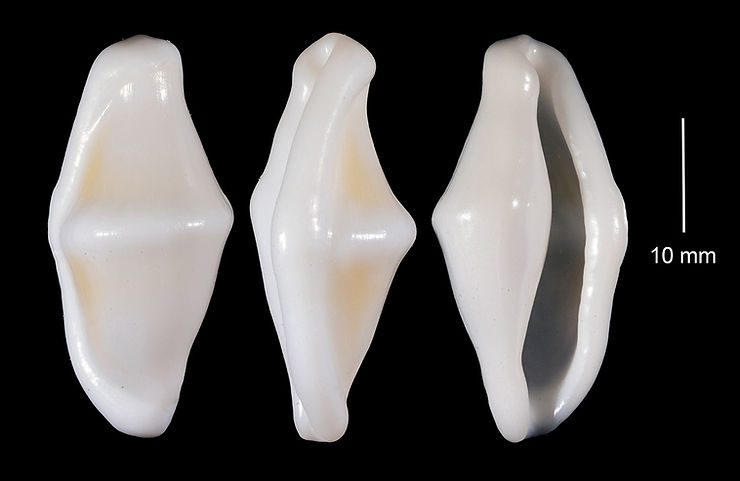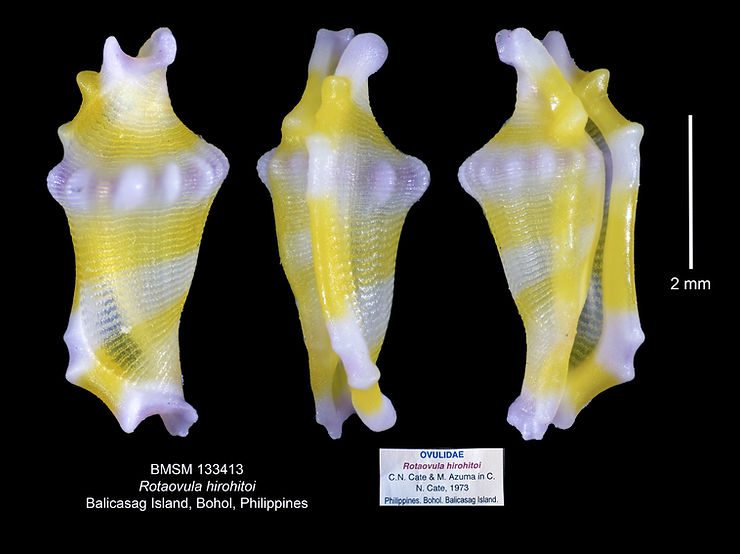
A Cool Ovulid
Rotaovula hirohitoi is a species of the family Ovulidae (also known as “false cowries”) that inhabits the waters of Japan and the western Pacific Ocean, including the Philippine Islands. The species was named by Cate and Azuma to honor Emperor Hirohito, Japan’s longest-reigning emperor (1926–1989), who was also a marine biologist and malacologist. The delicate, elegant shell is very ornate, with nodules and projections that may impart structural strength. The color pattern includes from two to f

